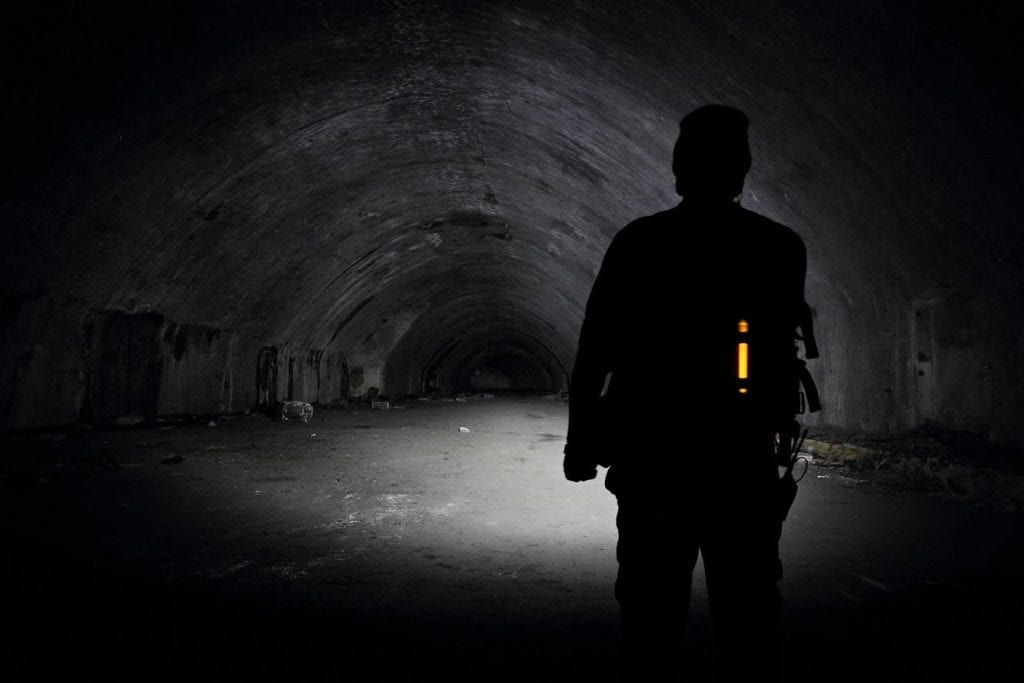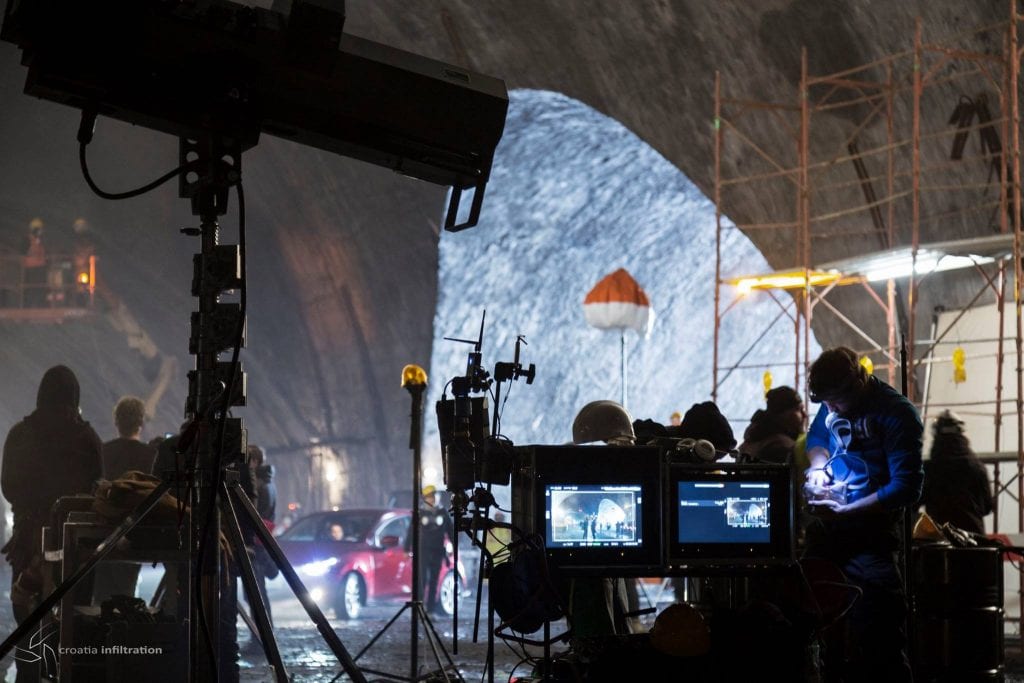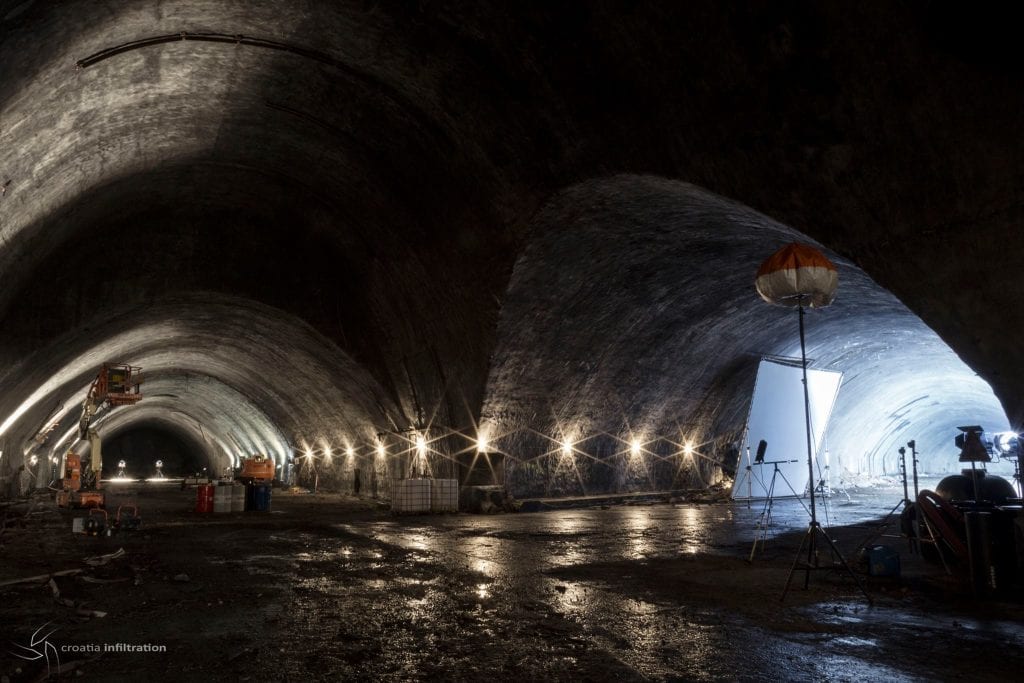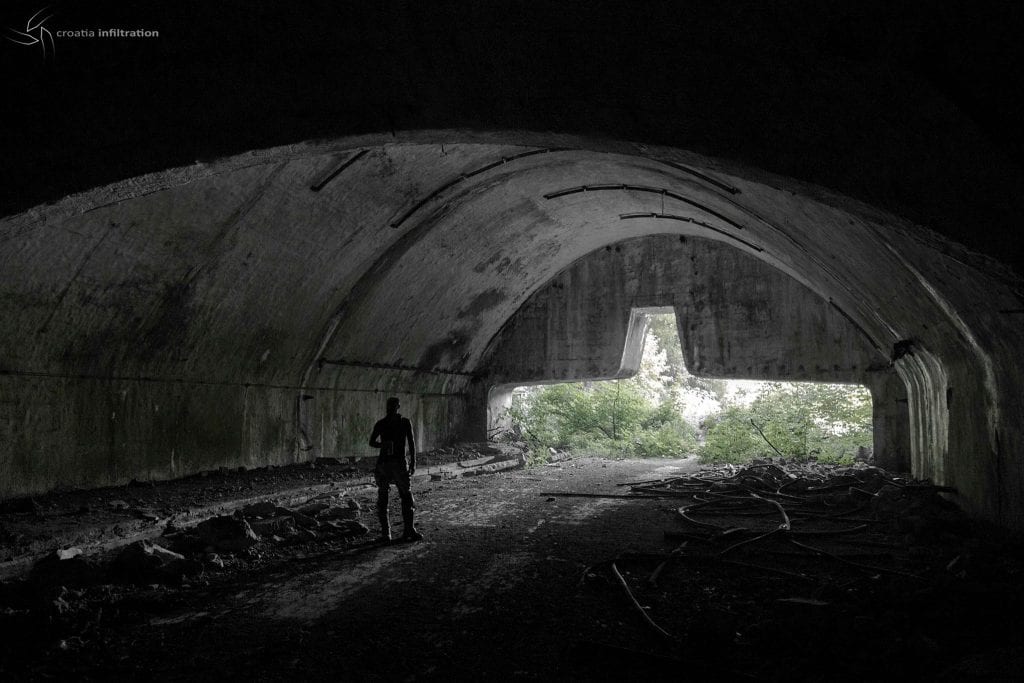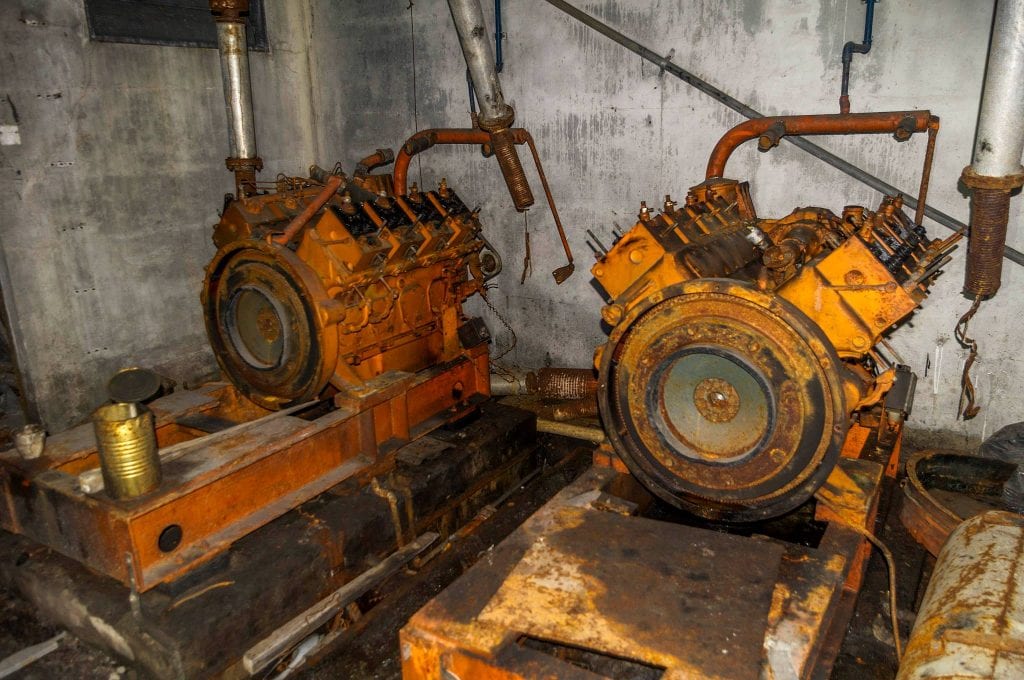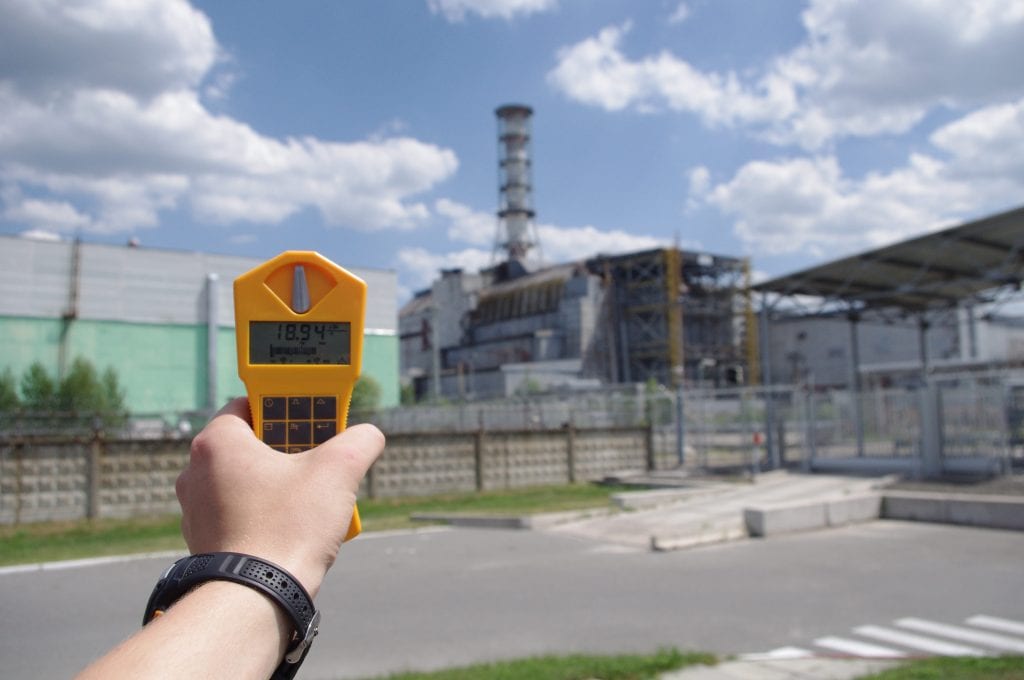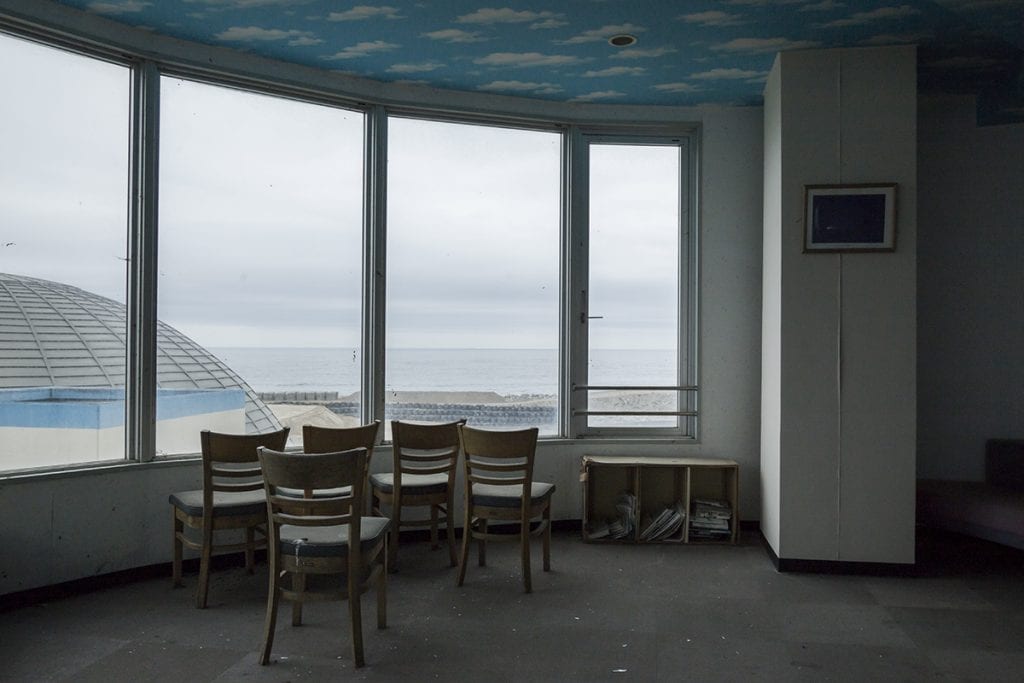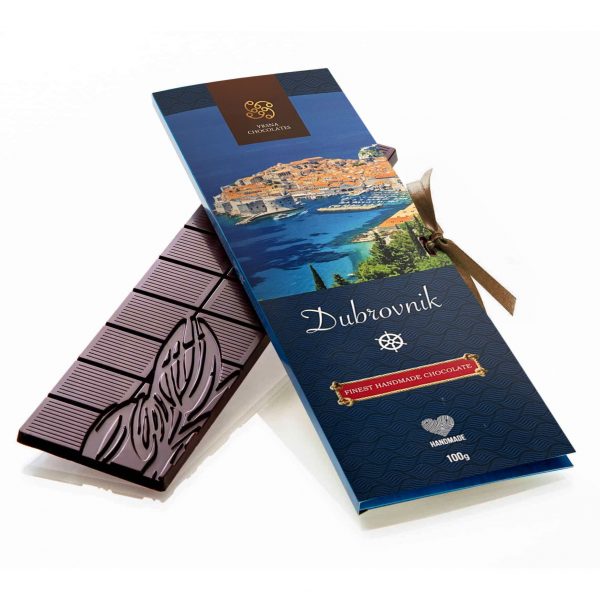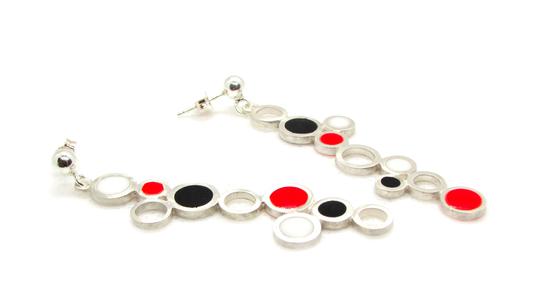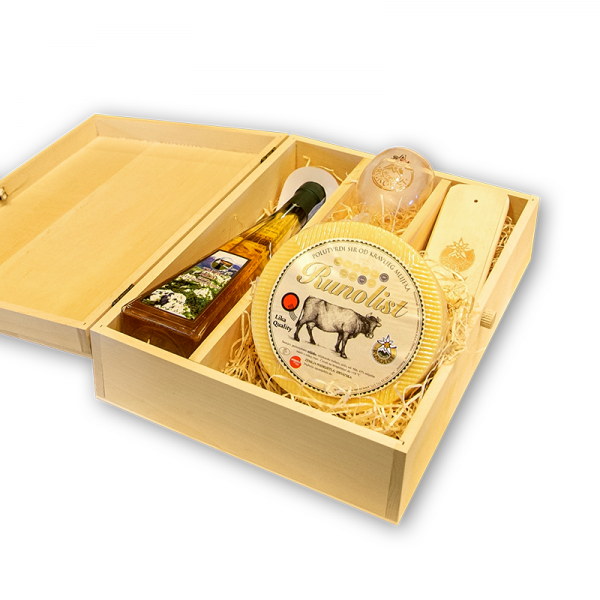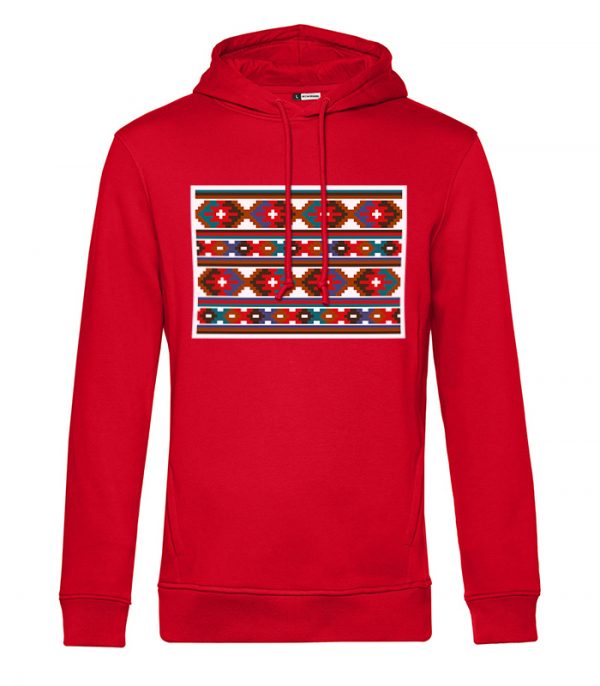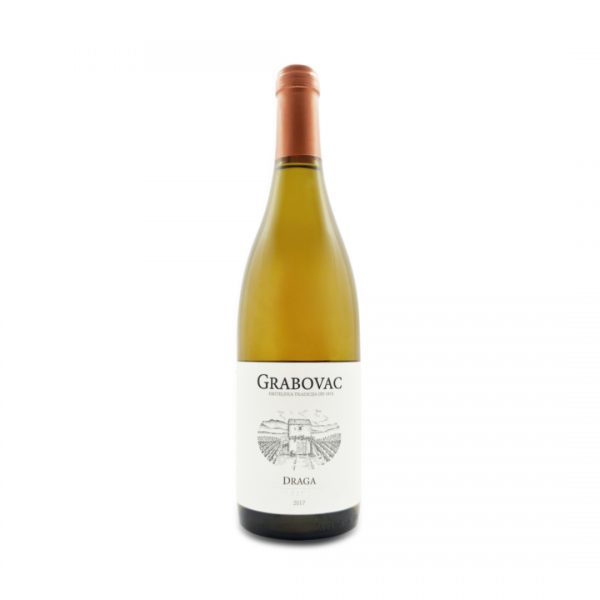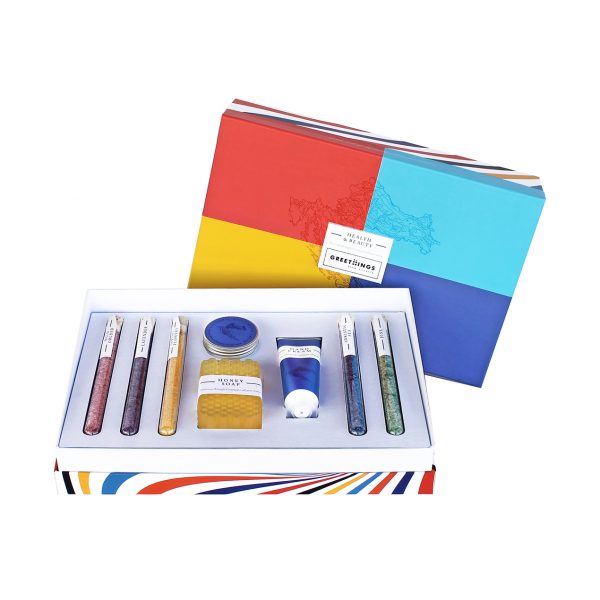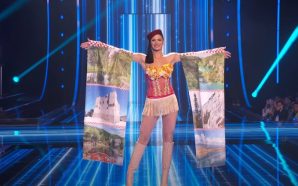Project Croatia Infiltration that many of us follow on social networks with great interest because of the great content they publish from numerous abandoned locations is part of a much greater story driven by three versatile enthusiasts – architects Mihovil Pirnat and Matija Pucak, and their colleague Josip Kovač Levantin, a pilot.
Like so many things, this started out of boredom in the summer of 2008 with the first spontaneous research done in Zagreb, and over time it has grown into a Croatian company that does scouting and project implementation for foreign productions.
Their passion are abandoned locations from various regimes which they then revive in global projects – from ads to movies. We talked about all of this with Mihovil who revealed how it all started and how, over time, they became one of the most successful companies of its kind in Croatia.
Let’s go back to 2008 and the very beginning of this adventure.
It all began out of boredom. I was in high school then, exploring secret tunnels on Markuševac beneath Sljeme with my bike. Something inspired me to go inside and explore, to gain insight into times past and human customs and activities. I had a phone then with which I took photos and that was the first chapter of both exploring mysterious locations and photography. When I came home and put the materials online I received positive feedback from people who like these things and realized how much this fulfilled me. That’s when I decided to start my blog – Croatia Infiltration.
After that I spent some time exploring numerous abandoned locations in Zagreb with my friend Vlatko who now lives in America. As the story went viral, Josip from Split contacted us, we met up and became inseparable, we even started a company together! After enrolling in university my classmate Matija joined us, and then when Vlatko went to America it was just the three of us. This is today’s Croatia Infiltration three-man team.
You were students who combined several interests and professions and started on a special adventure. What were your first projects?
While exploring around Zagreb and publishing what we discovered on our blog, we got an unexpected mail from a mister Kevin from Urban Gentory based in London. This was back in 2011. He told us that he was organizing product testing for HTC smartphones and he wanted to collaborate with us. Our task was to use interesting abandoned locations in Zagreb so journalists from all over the world could photograph different locations in different conditions – dark, dust, humidity, light.
We did it perfectly, even though we were under a lot of stress, we were only 19, didn’t have a formal business, but we’re talking about a lot of money from a student’s point of view and a challenge we didn’t want to pass on. We dedicated a lot of time to this, maybe even risked a bit with our academic obligations, but mister Kevin was really satisfied with our abilities and effort and we continued working together.
After the HTC thing, he contacted us again in 2013 with a new project that involved product testing for Canon cameras. We were supposed to review new telephoto lenses for long-distance photography. Then we decided to found our company. My brother Andria helped us out a lot in this process, he owns the Swanky Mint hostel in Zagreb today.
For this project, we decided to get out of Zagreb and proposed Plitvice and Željava as the target locations.
At Plitvice we took photos of animals, nature and people, and then we moved to the airstrips in Željava where we captured acrobats from a very long distance. They found Željava very interesting because they wanted to test the camera’s resistance to dust and humidity. We had to get special permits for that. As far as we know this was the first more serious project at the location in a long while so we definitely broke some ground there.
Even though everyone was very forthcoming, it wasn’t easy to get the paperwork completed, but everyone understood that such a great project with a global reach is definitely in the best interest of the community, that it might attract other business, and this soon happened with Mazda.
Let’s talk about the 2016 Mazda project.
In the meantime we did more and more location scouting, we got hired by production companies and at that point we already had a good database of abandoned locations across Croatia.
That’s how Mazda came – the project was run by the production company called Division, they hired us for location scouting before filming a new ad. They briefed us on the director’s vision and we had to come up with a proposal based on that. They were looking for an underground passage – a tunnel wide enough for two cars driving side by side. One was supposed to film with a russian arm, the other to be in focus.
We shortlisted two locations – a small tunnel in Mostar named Buna and Željava. As soon as they saw the photos from Željava they went – this is it.
When the director came for location scouting and when we went through the tunnel together, they instructed us how to organize the location. I was in the field at Željava for three weeks, we even did some construction work – removing waste and materials, even though they requested that the tunnel wasn’t sterile, but robust.
Some parts were supposed to stay and some cleaned out, so we used our own judgment to satisfy the director. We also had to find as much scenery as possible in the area so that they didn’t have to send things to Croatia.
We brought in barrels, construction machines, traffic signs… It was a lot of effort, but everything went great. There were 150 people from around the world on set, filming itself took three days, and preparation took a full three weeks.
In the end, the segment from Željava lasted around 30 seconds in the ad, while the rest was filmed in Ljubljana.
While we were busy doing serious projects and maintaining our hobby of filming abandoned locations, we simultaneously produced the amateur trash film „Extreme Danger“ which we filmed for three years. It ultimately won the trash film award – the Golden Chainsaw.
This pulled us into production and filming organization, which proved to be a great experienced for when we later work on proper productions.
How did the company execs react to the final material and has it maybe prompted other proposals to use the same location?
Even though they told us that we jumped into their most difficult project in the last six years, and even though we were just a small piece of the whole story, everyone was very pleased and Division continued to hire us.
The crew on set was very interested in Željava, so after filming we’d hold small guided tours for them. This was possible because we had to install good lighting on the inside for the sake of filming the ad. After that we received many proposals for Željava, but we had to focus on university and decline projects.
Projects such as these take a lot of time to complete. Now, with diplomas in our hands, we can also invest a lot more time into everything.
We didn’t forget this area. Back in 2016 a Dutch production company hired us for a projected called „Possessed“ – a documentary film which was filmed at Plitvice, on the Željava airstrips and in Kumrovec. This project involved only 30 people and I realized I was far more interested in the creative part than the production itself.
All of our clients were foreign production companies, so now when we’re actively trying to get to foreign clients this experience helps us greatly, we’re receiving a lot of proposals.
What was going on with the blog in all this time?
Croatia Infiltration as a blog was active the whole time. We went on our adventures when we had the time. In the beginning about 70% of the adventures were in Croatia, but we quickly expanded and concluded that it was time to take our story more international. This included Bosnia, Bulgaria and Hungary, we’re currently presenting half-hour long films about those trips on our channel.
Let’s focus a bit on interesting locations in Lika and this area. What would you emphasize here, what did you learn?
The wider area of Lika and Kordun has shown to be very rich for our work. We can mention Vojnić where you can see the magnificent monument by Vojin Bakić.
We can talk about Udbina, Željava or Plješivica with the base/bunker, but we wouldn’t recommend exploring it because of the danger from mines.
They were part of the defense system of Yugoslavia which monitored the surrounding area, making them very interesting as there are many things there that nobody has touched in a long time.
Tito’s villa is one of the locations that interested us, but when we look at it today compared to when we first took photos, it’s incredible how devastated it has become.
Tito was a brand and I’m sure he would have attracted many tourists. They’d gladly visit these locations and learn something about history, not only about Tito’s period, but also before and after him. We think there’s great touristic potential regarding that both in this area and in Croatia as a whole.
You were at Chernobyl, tell us a bit about it. How hard is it to get in and what are their policies?
Yeah, I was in Chernobyl in 2010 and in Fukushima in 2016. You can enter Chernobyl without too many complications nowadays, they even have multiple-day tours. I’d love to repeat that trip, stay there for a week so I could make a video.
Fukushima was a completely different story as the tragedy is fresh, there are no such tours there. When such a catastrophe happens, it’s considered an „exclusion zone“ or „no go zone“, and a 30-meter radius around the epicentre of the catastrophe is cordoned off.
You can’t get in unless you have a valid reason, and I can use the fact that I’m an architect to my advantage. It gives me both credibility and a reason to go.
As far as Fukushima goes, I contacted an association that deals with the problems there and who communicate news from the area every day. They helped me and assigned a woman as my guide. She showed me everything in a single day. Since the catastrophe was fresh, everyone had to know we were there and that we were recording.
It’s also a moral responsibility, and you can feel the depression at the location itself. I haven’t published those materials anywhere yet as I’m still not sure if I can properly justify why I am publishing it. We’re going to come out with those materials soon.
In a hundred years when people explore today’s locations like you’re doing right now, do you think they’re going to have similarly engaging stories?
That’s a political question because the result depends on whether or not our system will survive. If there’s a regime change, like when communism shifted to democracy, then the monuments of this age would surely be treated from a completely different perspective, maybe even with disgust, which is what regularly happens today when looking at the past.
This is what makes our photography relevant – if in a hundred years someone does research they will have photo and video materials. Finding archival data for some objects is very hard, and I’m sure that in the future someone will find our archive useful when undertaking their own adventures.



